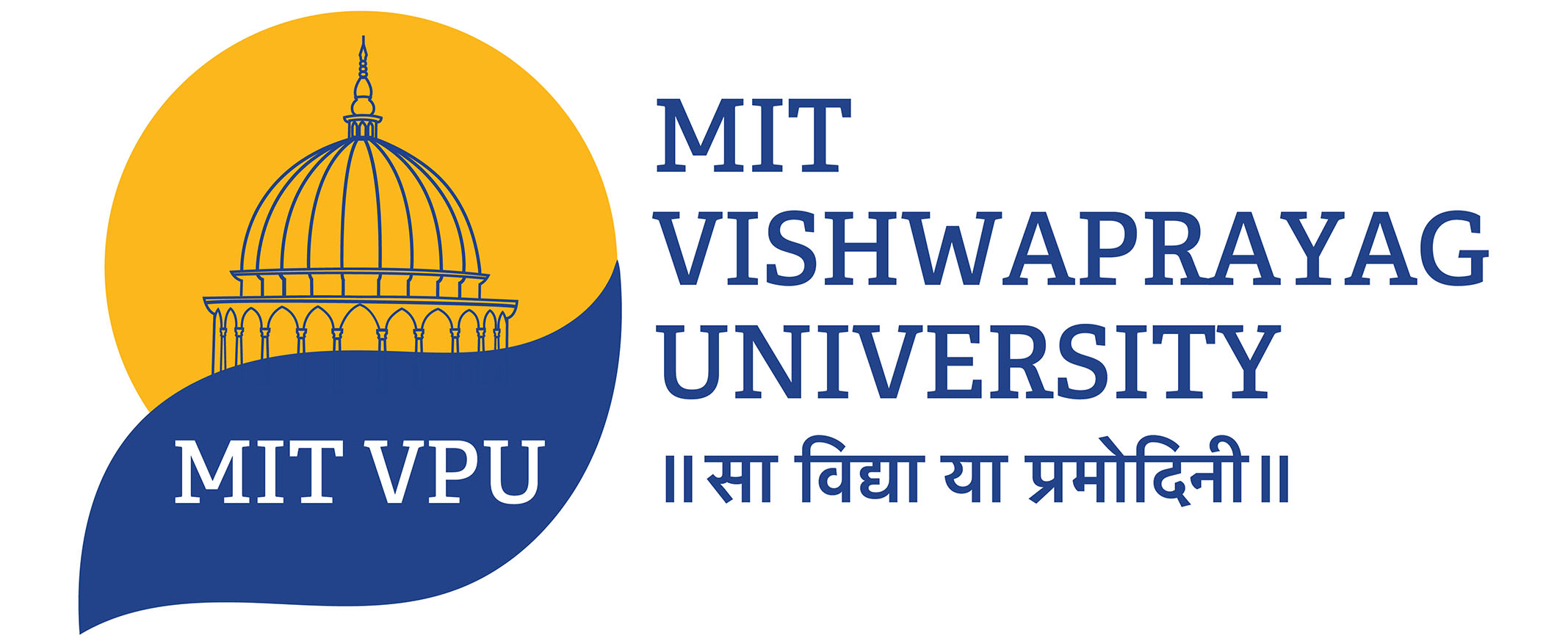The Art of Traditional Teaching: Strategies and Pedagogical Insights
Published on : N/A
Traditional teaching has been around for centuries and is still prevalent in many educational institutions. It is a teaching method that focuses on imparting knowledge through direct instruction, repetition, and memorization. In this blog post, we will dive deep into the art of traditional teaching. We will start by defining what traditional teaching is and its characteristics. Then, we will explore the core strategies of traditional teaching that include the role of the instructor, rote learning, and classroom discipline.
We will also discuss pedagogical insights into traditional teaching from a theoretical perspective and compare it with modern teaching methods. Lastly, we will weigh the advantages and disadvantages of traditional teaching and look at how MIT Vishwaprayag University has successfully implemented it in its curriculum.
Understanding Traditional Teaching: An Overview
Traditional teaching methods have been employed for centuries to impart knowledge and skills. This approach emphasises direct instruction and a structured learning environment. In traditional teaching, the instructor serves as the primary source of knowledge, delivering lessons to a group of students in a classroom setting. With face-to-face interactions, students benefit from the guidance and expertise of a traditional teacher. While advancements in technology have introduced online modes of teaching, the traditional method of teaching remains prevalent due to its ability to cater to the diverse needs of children.
1) Definition of Traditional Teaching
- Traditional teaching, a method of instructing that has been passed down through generations, involves the instructor playing a central role in delivering knowledge and guiding students.
- The emphasis lies on transferring information from the instructor to the students, to provide them with a foundation of knowledge and skills.
- This approach often takes place in a classroom setting, where face-to-face interactions between the instructor and a group of students occur.
- Traditional teaching has its roots in a time when online modes of learning were not available, and it remains a widely used method despite the rise of modern teaching techniques.
2) Characteristics of Traditional Teaching
- Traditional teaching, a method that has stood the test of time, relies on rote memorization and repetition of facts.
- It places great emphasis on classroom discipline to maintain order and focus among a group of students.
- Following a predetermined pace and strict timetable, traditional teaching primarily focuses on academic subjects, sometimes overlooking the practical aspects of learning.
- While it has its limitations, such as the high cost of traditional education and the confinement within the walls of a classroom, it continues to be valued for its strict reliance on a proper timetable and the ability to cater to the needs of children.
Exploring the Core Strategies of Traditional Teaching
In traditional teaching, the instructor plays a crucial role in delivering lectures, providing explanations, and assessing student learning. Rote learning is an essential strategy used to reinforce knowledge and ensure retention. Classroom discipline is vital for maintaining a focused learning environment. Group projects and field trips are commonly employed to enhance students’ learning experiences. These core strategies of traditional teaching, including the instructor’s role, rote learning, classroom discipline, and experiential learning opportunities, contribute to a comprehensive educational approach that meets the needs of students in different subjects and fosters their overall development.
1) The Role of Instructor in Traditional Teaching
- In traditional teaching, the instructor assumes a central role as the primary source of knowledge and expertise.
- Their responsibility entails delivering lectures, providing explanations, and facilitating class discussions to guide students through the learning process.
- Additionally, instructors assess student understanding through tests and assignments, while also creating an engaging and effective learning environment.
- Through their guidance and mentorship, instructors play a critical role in shaping the educational experience, ensuring that students receive a comprehensive understanding of different subjects within the traditional method of teaching.
2) The Importance of Rote Learning
- Rote learning, a traditional teaching method involving repetition and memorization, is essential for reinforcing knowledge and ensuring the retention of important facts and concepts.
- It proves particularly effective in subjects that require a solid foundation of basic information.
- However, critics argue that excessive reliance on rote learning may hinder critical thinking and a deeper understanding of the subject matter.
- Nonetheless, when used appropriately, rote learning can be a valuable tool in the classroom, helping students grasp essential information and build a strong knowledge base.
3) The Significance of Classroom Discipline in Traditional Teaching Learning
- Classroom discipline holds immense significance in the realm of traditional teaching.
- It serves as a foundational element for maintaining order and creating an optimal learning environment.
- By adhering to rules and expectations, distractions are minimized, allowing for focused learning experiences.
- Classroom discipline also imparts important life skills such as respect, responsibility, and self-control to students.
- However, critics argue that an excessive emphasis on discipline may stifle creativity and individuality.
- Hence, striking a balance between discipline and fostering creativity is crucial for effective traditional teaching methods.
Pedagogical Insights into Traditional Teaching
The pedagogical insights into traditional teaching reveal a deep connection to various educational philosophies and theories. Rooted in centuries-old practices and cultural norms, this teaching method has stood the test of time, remaining the dominant pedagogy in many societies for generations. Despite the emergence of modern teaching methods, traditional teaching continues to exert influence. Its emphasis on classroom learning, group interactions, and the strict reliance on established methods offers students a structured and focused learning environment. Traditional teaching addresses the diverse needs of children through a proper timetable and integration of extracurricular activities.
1) Theoretical Background of Traditional Teaching
- Traditional teaching is grounded in various educational theories, including behaviourism and cognitivism.
- Behaviorism highlights the role of reinforcement and repetition in the learning process, while cognitivism emphasizes mental processes such as attention, memory, and problem-solving.
- These theoretical backgrounds provide a foundation for understanding the principles and strategies of traditional teaching.
- By drawing from these educational theories, traditional teaching aims to create a structured learning environment that fosters student engagement and understanding.
- It combines the principles of behaviourism and cognitivism to build a strong pedagogical framework.
2) Traditional Teaching from a Pedagogical Perspective
- When examining traditional teaching from a pedagogical perspective, it is often contrasted with modern teaching methods such as active learning and discovery learning.
- Critics argue that traditional teaching may not adequately address the diverse needs of students, relying on generic methodologies that may not be effective for all learners.
- Additionally, traditional teaching is often associated with the physical space of a classroom and the role of the instructor as the primary source of knowledge.
- This perspective highlights the need to consider alternative approaches that can better meet the individual needs of students in today’s educational landscape.
Comparing Traditional and Modern Teaching Methods
Traditional teaching methods, characterized by direct instruction and rote memorization, differ significantly from modern teaching methods that prioritize active learning and critical thinking. In traditional teaching, the teacher is the primary source of knowledge, whereas modern methods empower students to take an active role in their own learning. While traditional teaching predominantly takes place in physical classrooms, modern methods incorporate online learning formats. By comparing these two approaches, we can explore the advantages and limitations of each, ultimately paving the way for a balanced integration of traditional and modern teaching methods.
1) How Does Modern Teaching Differ from Traditional Methods?
- Modern teaching methods stand apart from traditional methods by prioritizing individual needs and catering to different learning styles.
- Unlike traditional teaching, modern approaches incorporate technology, offering easy access to a wide range of learning resources.
- Additionally, modern teaching fosters interpersonal relationships and facilitates the development of social skills.
2) A Balanced Approach: Integrating Traditional and Modern Teaching Methods
- Combining traditional and modern teaching methods creates an effective learning experience.
- By integrating lectures, group projects, and practical aspects like field trips, a comprehensive learning environment is established.
- This balanced approach ensures that students benefit from the advantages of both traditional and modern education systems.
- Technology can also be used as a tool in a traditional classroom setup to enhance student engagement.
- By embracing a variety of teaching methods, educators can cater to the diverse needs of students and create a dynamic and enriching learning environment.
Benefits of Traditional Teaching
Traditional teaching offers students a familiar and comfortable learning experience, allowing for immediate clarification of doubts and questions. Face-to-face communication promotes the development of interpersonal skills, while school activities and events foster a sense of community and belonging. Additionally, traditional teaching can create strong bonds between students and teachers, enhancing the overall learning experience. By incorporating these benefits, traditional teaching caters to the needs of children in a structured manner, ensuring a well-rounded education.
The Adoption of Traditional Teaching at MIT Vishwaprayag University
Conclusion
Recent post

AI's Impact on EdTech: Disrupting Education for the Better
N/A



Why MBA after Engineering: Exploring the Benefits
N/A